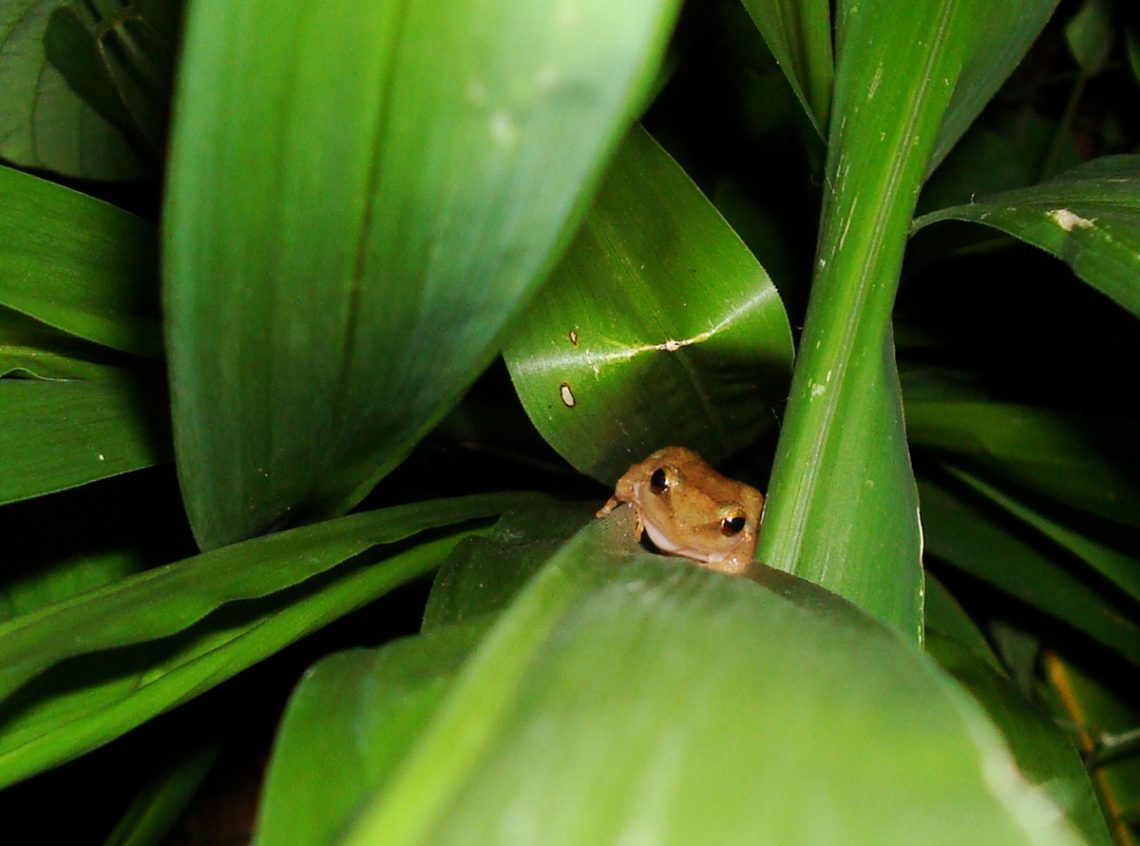The call of the lone coqui may not be increasing in volume, but calls reporting coquis on Maui are on…
Read More
coqui-free certification
A most unwanted neighbor–coqui frogs
A recent trip to Hilo highlighted the impact coqui frogs can have on our quality of life. It was not…
Read More


